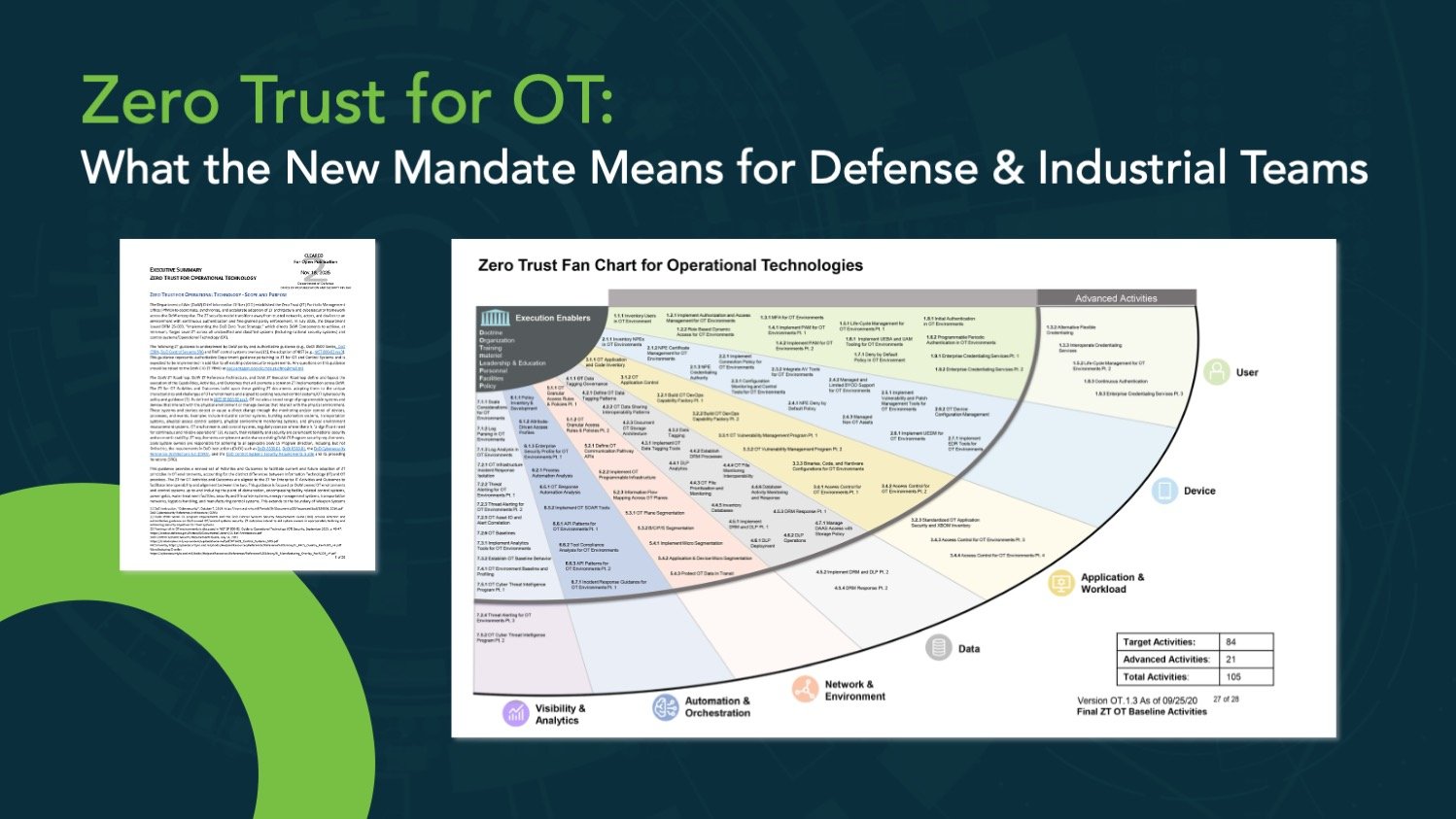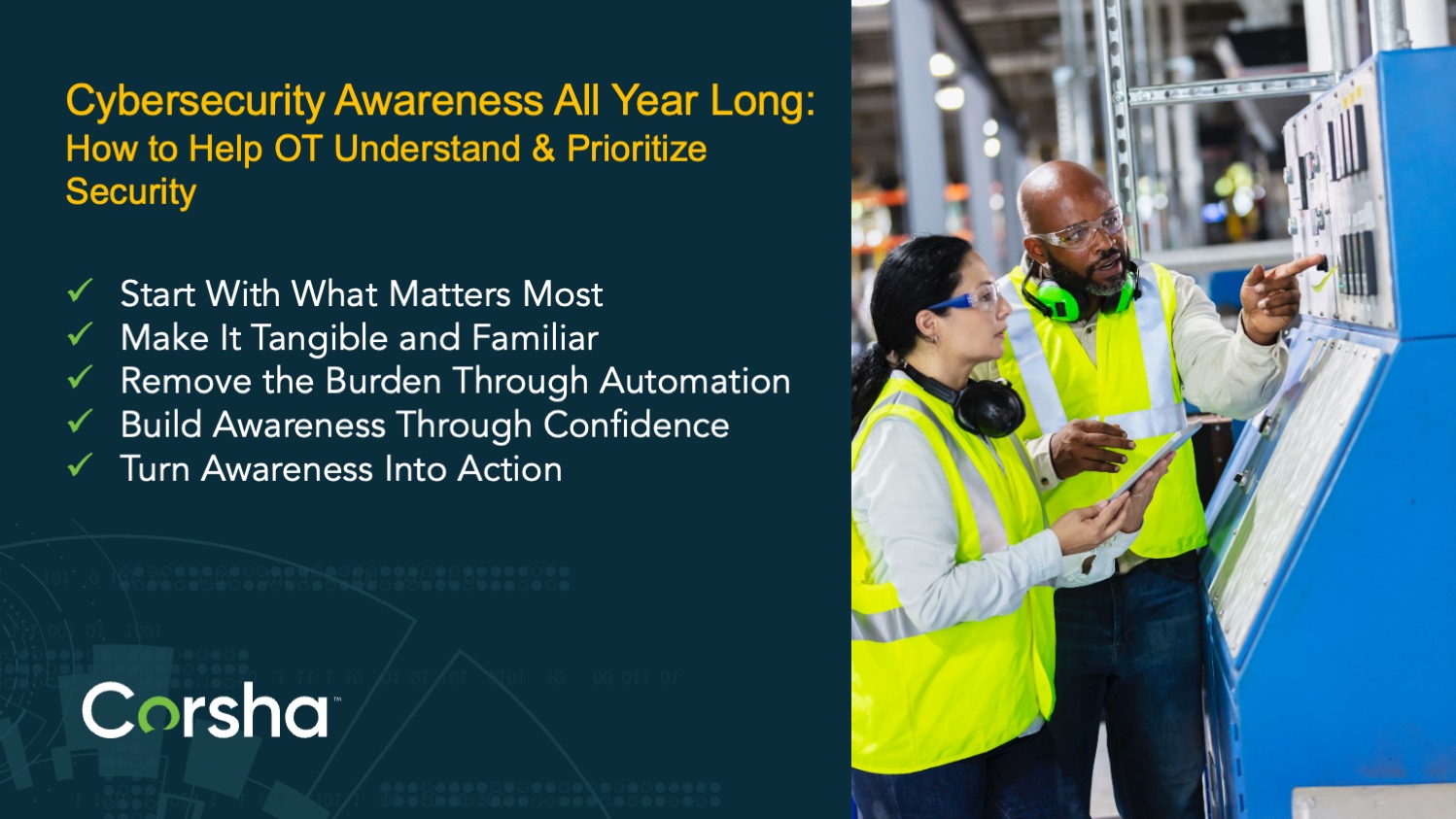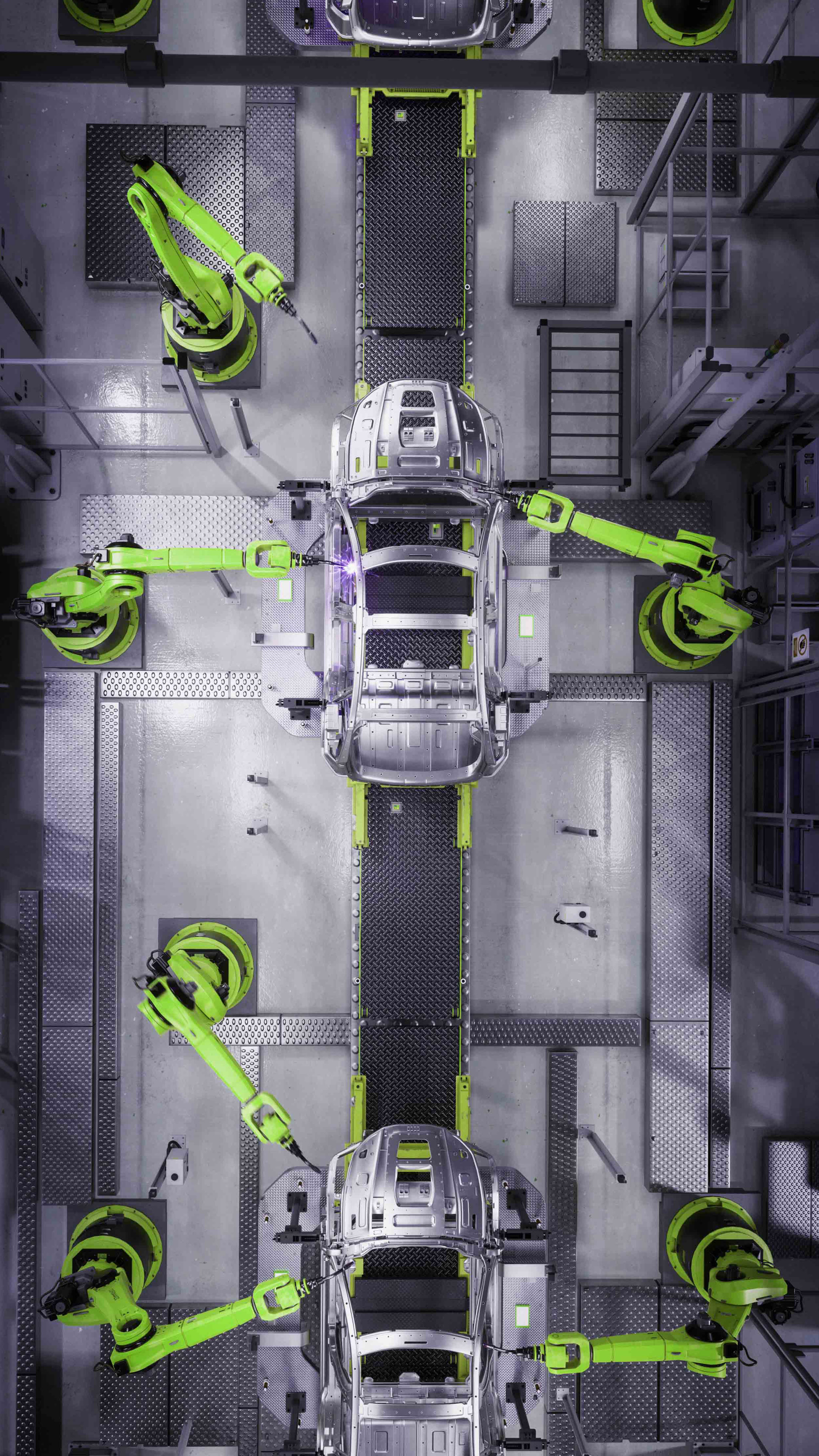Traditional cybersecurity measures are often insufficient to safeguard against evolving threats in today's diverse environments. However, recent advancements in cybersecurity technologies offer innovative solutions to bolster the security of machine-to-machine communication. In this blog post, we'll look at two groundbreaking techniques: AI-driven threat detection and post-quantum cryptography.
AI-Driven Threat Detection
AI-driven threat detection leverages the power of artificial intelligence and machine learning algorithms to analyze vast amounts of data and identify patterns indicative of cyber threats. This technique offers several advantages in securing machine-to-machine communication:
Anomaly Detection:
AI algorithms can detect anomalous behavior within network traffic, identifying potential threats that may go unnoticed by traditional signature-based approaches. By learning the normal behavior of devices and systems, AI models can flag deviations that could signify a cybersecurity incident.
Behavioral Analysis:
AI-driven systems can analyze the behavior of devices and endpoints in real-time, allowing for proactive threat identification. By continuously monitoring patterns of communication and system interactions, AI can detect subtle indicators of malicious activity and respond swiftly to mitigate risks.
Adaptive Defenses:
AI-powered threat detection systems have the capability to adapt and evolve alongside emerging threats. Through ongoing learning and refinement, these systems can improve their accuracy and effectiveness in detecting sophisticated cyber attacks, thereby enhancing the resilience of machine-to-machine communication channels.
Reduced False Positives:
By distinguishing between benign anomalies and genuine security threats, AI-driven detection mechanisms help minimize false positives, enabling security teams to focus their attention on genuine threats rather than wasting resources on benign events. Further, reducing false positives also increases the confidence of security teams to be able to automate incident response.
Post-Quantum Cryptography
The rise of quantum computing poses a significant threat to traditional cryptographic algorithms. As quantum computers become more powerful, they have the potential to render current encryption methods obsolete, jeopardizing the security of sensitive data and communications. In response to this emerging threat, researchers have been diligently working on developing Post-Quantum Cryptography (PQC) as a viable solution to safeguard against quantum attacks. Let's explore the benefits of Post-Quantum Cryptography and its potential to secure our digital future.
Quantum-Resistant Security:
The primary benefit of Post-Quantum Cryptography is its ability to provide security in a post-quantum computing era. Unlike traditional cryptographic algorithms, which are vulnerable to attacks from quantum computers, Post-Quantum Cryptography employs mathematical principles and algorithms that are resistant to quantum attacks. This ensures that sensitive data remains protected even in the face of advances in quantum computing technology.
Compatibility and Interoperability:
Post-Quantum Cryptography solutions are designed to be compatible with existing cryptographic standards and protocols. This ensures seamless integration into existing security infrastructures, minimizing disruption and complexity for organizations looking to adopt PQC. Additionally, PQC algorithms are interoperable across different systems and platforms, enabling secure communication and data exchange between diverse environments.
Diverse Algorithmic Approaches:
Post-Quantum Cryptography encompasses a wide range of cryptographic algorithms and approaches, each offering unique strengths and characteristics. From lattice-based and hash-based cryptography to code-based and multivariate cryptography, there are numerous options available to suit different use cases and security requirements. This diversity allows organizations to select the most appropriate PQC algorithms based on their specific needs and preferences.
Accelerating Innovation and Research:
The emergence of Post-Quantum Cryptography has sparked a surge of innovation and research in the field of cryptography. Researchers and academics worldwide are actively exploring new cryptographic techniques that can withstand quantum attacks while maintaining strong security guarantees. This collaborative effort not only drives advancements in cybersecurity but also fosters a community of experts dedicated to addressing the challenges posed by quantum computing.
Looking Ahead
As organizations continue to embrace digital transformation, safeguarding machine-to-machine communication channels becomes paramount to ensuring the security and resilience of their networks. By leveraging innovative cybersecurity techniques such as AI-driven threat detection and Post-Quantum Cryptography, organizations can fortify their defenses against evolving cyber threats. By combining the adaptive capabilities of AI with the inherent security of Post-Quantum Cryptography, organizations can establish a robust cybersecurity posture that safeguards sensitive data and ensures the integrity of machine-to-machine communication channels now and in the future.
About Corsha
Corsha's Identity Provider for Machines platform enables secure automation, data movement, and confident connections across diverse environments, such as the cloud and edge computing, ensuring robust protection for organizations in complex and dynamic settings.
Corsha’s mission is to secure data in motion and bring zero trust to communications between machines, systems, and services. Corsha’s identity-first platform is solving a very real problem on which many engineering and security teams are forced to compromise: the inherent security vulnerabilities associated with using static, long-lived certificates, tokens or keys as a way to secure the communication between machines, applications or services.
Our platform creates dynamic identities for trusted clients, and adds an automated, one-time use MFA credential to every API call, ensuring only trusted machines are able to leverage keys, tokens or certificates across your applications, services, and infrastructure.


